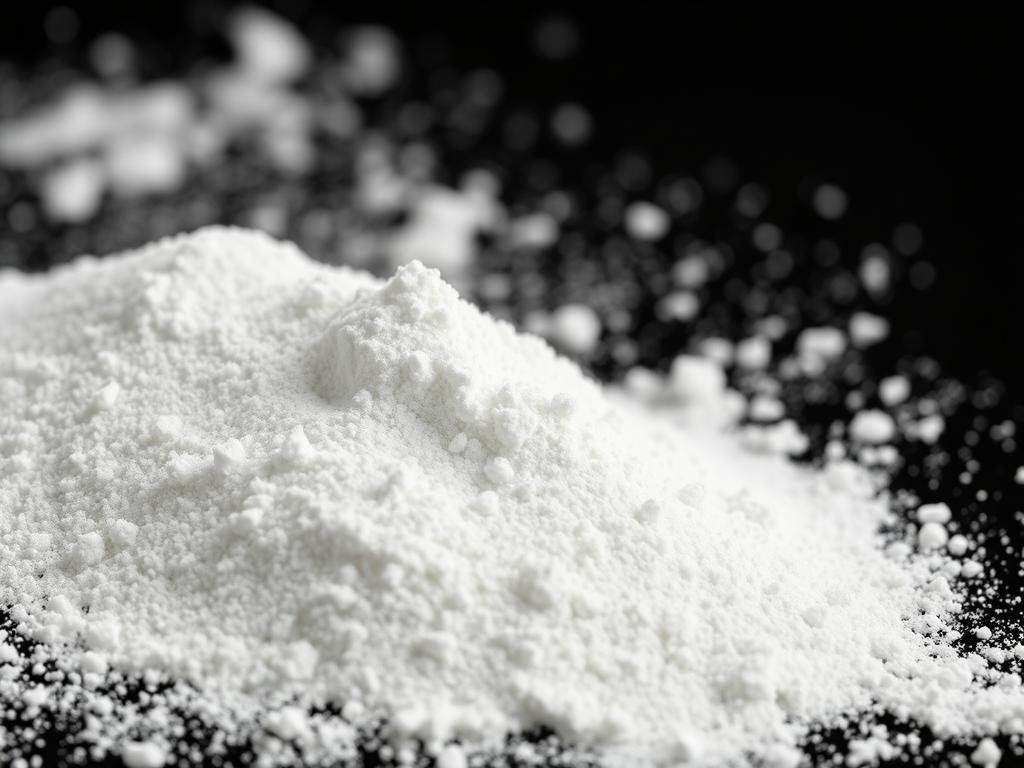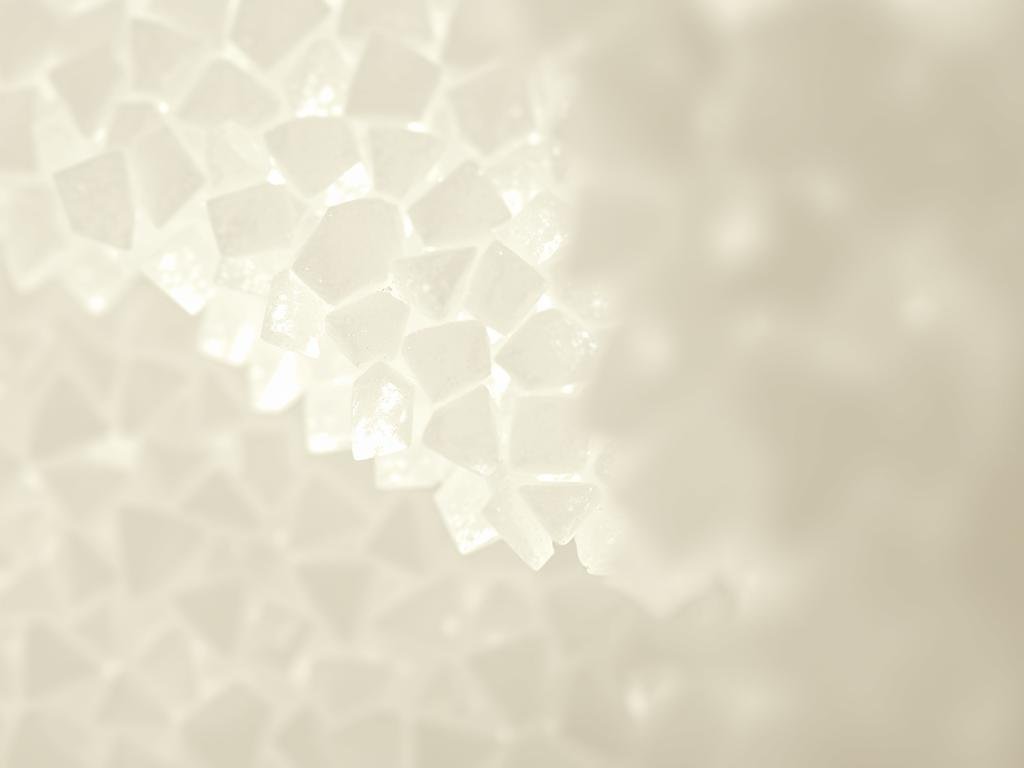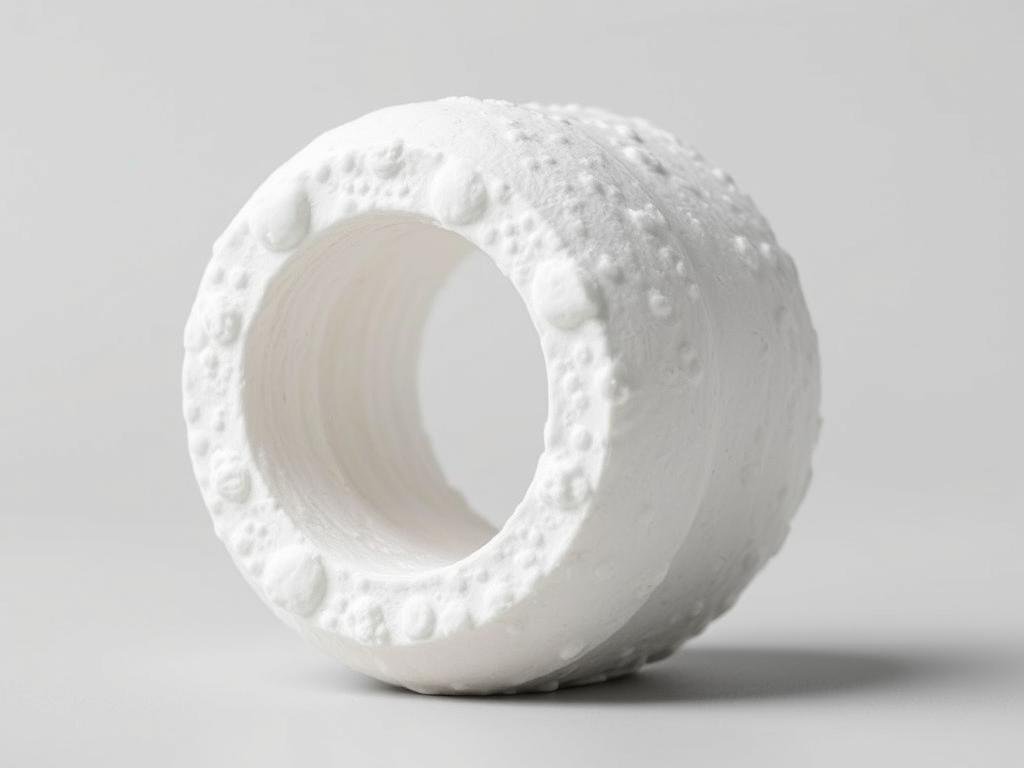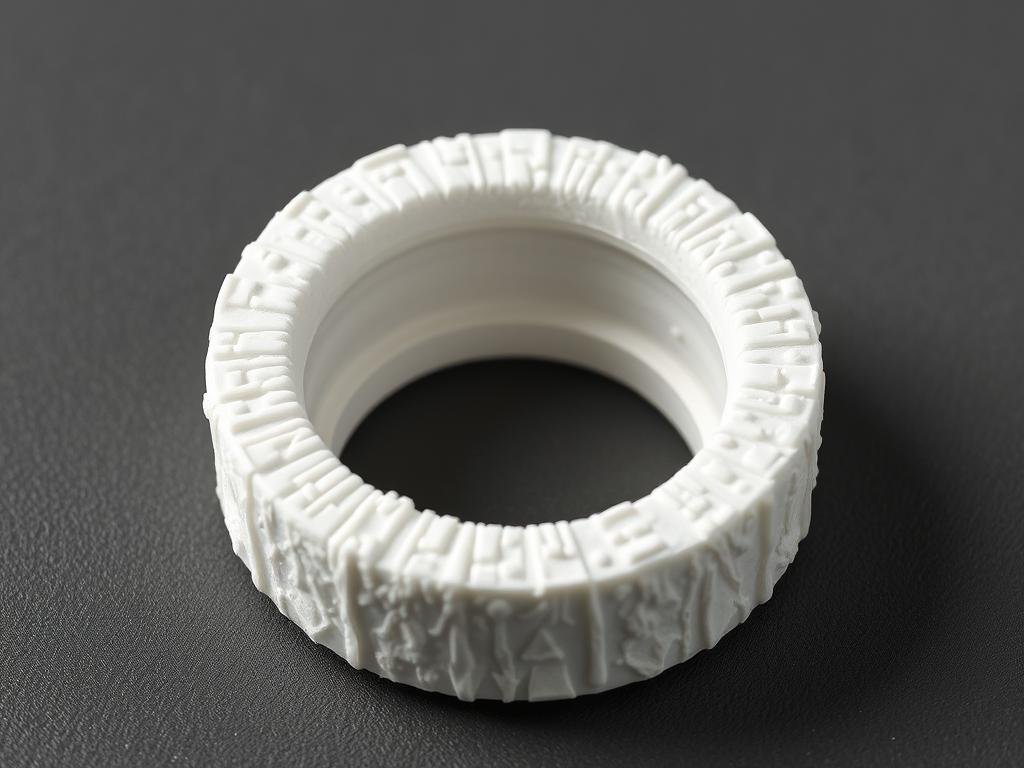Alumina is a cornerstone in the family of engineering ceramics, offering a unique blend of properties that make it an ideal material for various industrial applications.
The density of alumina plays a pivotal role in determining the strength and performance characteristics of ceramic components. This comprehensive guide will explore the significance of alumina density and its impact on the overall durability and functionality of alumina-based materials in different industries.
Understanding the relationship between alumina’s properties and its applications is crucial for engineers and materials scientists. This guide provides detailed information on different grades of alumina and their respective density values, helping professionals make informed decisions in material selection for various industrial components.
Understanding Alumina and Its Significance
Alumina, or aluminum oxide, is a versatile ceramic material that has gained significant attention in various industries due to its exceptional properties. It is chemically known as Al2O3 and is derived from bauxite ore through processes like the Bayer process or sintering.
What is Alumina?
Alumina is a chemical compound of aluminum and oxygen. It is commonly called alumina and may also be referred to as aloxide, aloxite, or alundum in various forms and applications. The material is refined from bauxite and is known for its hardness and wear resistance.

Key Properties of Alumina
Alumina boasts a range of key properties that make it highly valuable. These include exceptional hardness, high compressive strength, excellent electrical insulation, good thermal conductivity, and remarkable corrosion resistance. Its dielectric properties are excellent from DC to GHz frequencies, making it suitable for a wide range of applications.
- Hard, wear-resistant material
- Excellent dielectric properties
- Resists strong acid and alkali attack
- Good thermal conductivity
- High strength and stiffness
The versatility of alumina allows for its use in various components, from electronic substrates and insulators to wear-resistant parts and high-temperature applications.
Alumina Density: The Foundation of Ceramic Strength
Alumina density plays a pivotal role in establishing the foundation for the exceptional mechanical properties of ceramics. The density of alumina directly influences its strength, hardness, and wear resistance, making it a critical factor in demanding applications.
How Density Affects Mechanical Properties
The density of alumina is directly correlated with its mechanical properties. As the density increases, so do the flexural strength and compressive strength. For instance, the flexural strength ranges from 330 MPa in 94% alumina to 379 MPa in 99.5% alumina. Similarly, compressive strength increases from 2100 MPa in 94% and 96% alumina to 2600 MPa in 99.5% alumina.
| Alumina Grade | Density (gm/cc) | Flexural Strength (MPa) | Compressive Strength (MPa) |
|---|---|---|---|
| 94% Alumina | 3.69 | 330 | 2100 |
| 96% Alumina | 3.72 | 345 | 2100 |
| 99.5% Alumina | 3.89 | 379 | 2600 |
The Relationship Between Density and Durability
Higher density alumina exhibits superior corrosion resistance and reduced material loss in abrasive environments, leading to extended service life in applications ranging from chemical processing to high-temperature industrial settings. The processing methods used to manufacture alumina ceramics, such as hot isostatic pressing, significantly impact the final density and performance characteristics.

The improved dielectric properties and thermal conductivity of higher density alumina make it particularly valuable in electronic components where heat dissipation and electrical insulation are critical design considerations.
Different Grades of Alumina and Their Density Values
Different grades of alumina, such as 94%, 96%, and 99.5%, offer a range of properties suitable for various applications. The industry classifies alumina ceramics into different grades based on purity levels, with each grade offering distinct density values and corresponding performance characteristics.
94% Alumina Properties

94% alumina has a density of 3.69 g/cm³ and provides an excellent balance of mechanical properties and cost-effectiveness. It is suitable for a wide range of applications, including electrical insulators, wear pads, and components where moderate thermal conductivity (18 W/m-K) is sufficient. Its flexural strength is 330 MPa, and it has a compressive strength of 2100 MPa.
96% Alumina Properties

96% alumina, with a density of 3.72 g/cm³, offers improved thermal conductivity (25 W/m-K) and slightly higher strength values compared to the 94% grade. This makes it ideal for heat dissipation components, seal rings, and tubes where thermal expansion characteristics and volume resistivity are critical factors.
99.5% Alumina Properties

99.5% alumina represents the premium grade, with a density of 3.89 g/cm³, superior hardness (1440 kg/mm²), and thermal conductivity (35 W/m-K). It is the material of choice for high-temperature applications, precision components, and products requiring exceptional wear resistance and dielectric properties.
Conclusion: Leveraging Alumina Density for Optimal Performance
Optimizing ceramic performance hinges on understanding and leveraging alumina density. The density of alumina is a critical factor that influences its mechanical, thermal, and electrical properties, making it a crucial consideration in the design and manufacturing of ceramic components.
By strategically selecting the appropriate alumina grade based on density values, engineers can achieve the optimal balance between mechanical strength, thermal conductivity, and dielectric properties required for specific operating conditions and design constraints. This is particularly important in applications ranging from electronic components and thermal management systems to wear-resistant parts and high-strength structural materials.
As technology advances, the ability to fine-tune alumina density through innovative processing techniques opens new possibilities for ceramic applications in emerging fields. By maximizing alumina density while maintaining dimensional precision, manufacturers can produce high-performance ceramic components with consistent property profiles, enabling their use in demanding environments.
